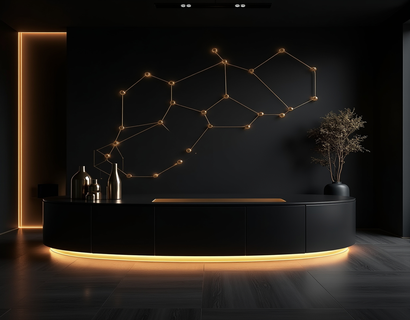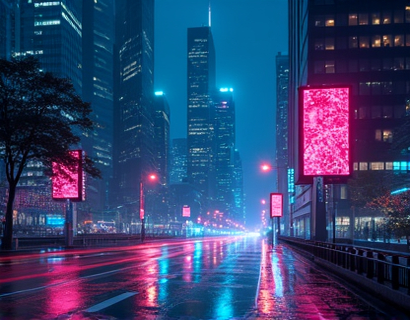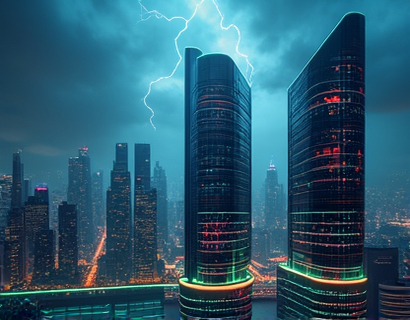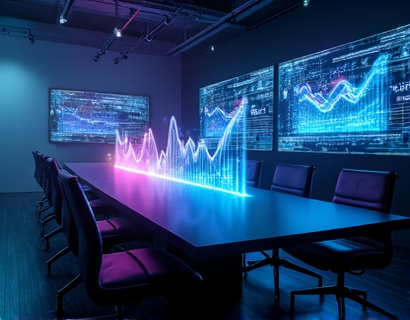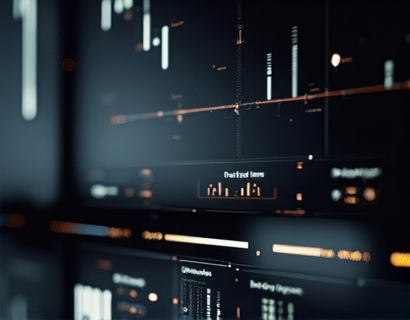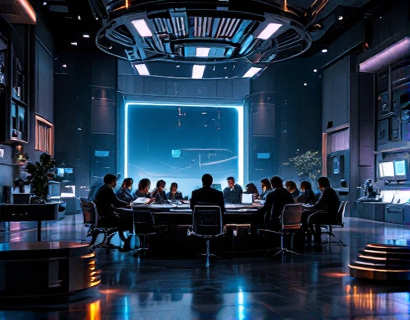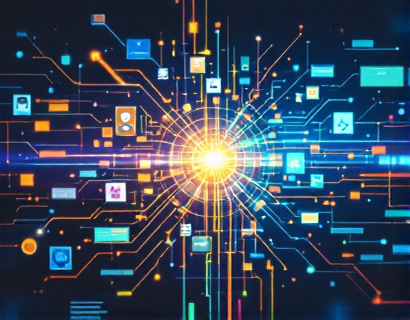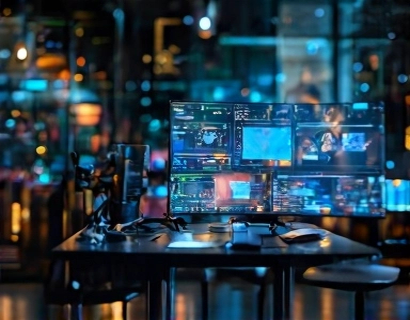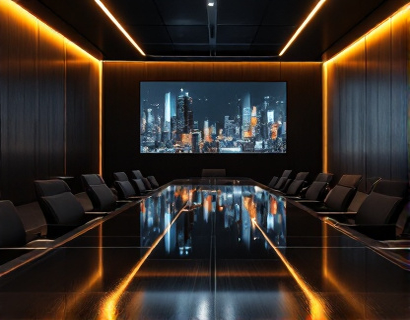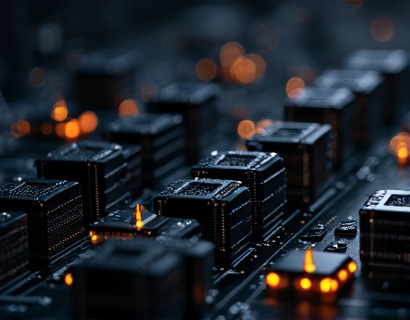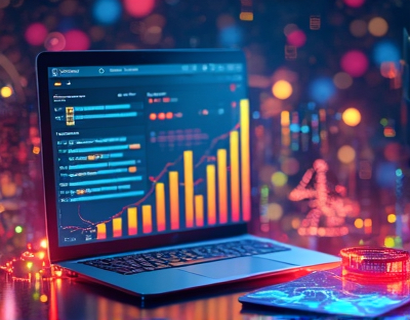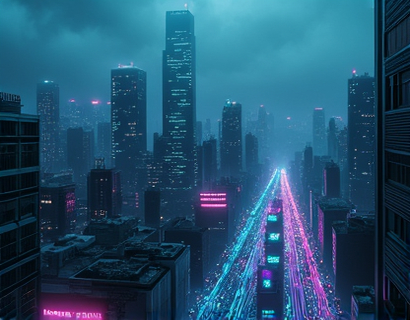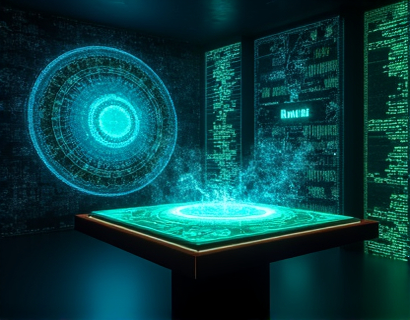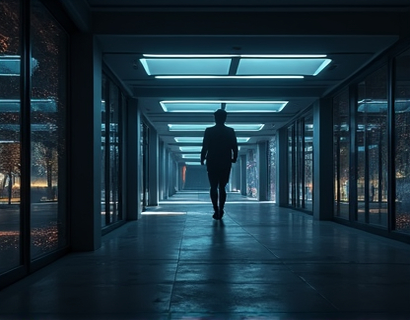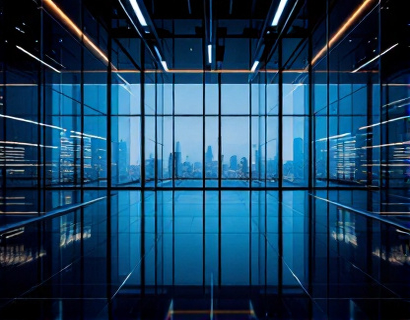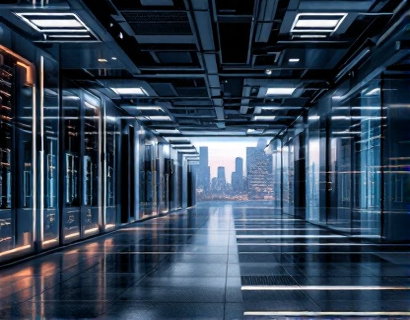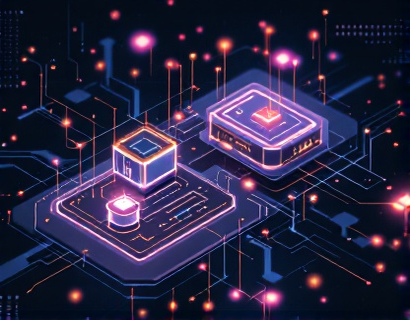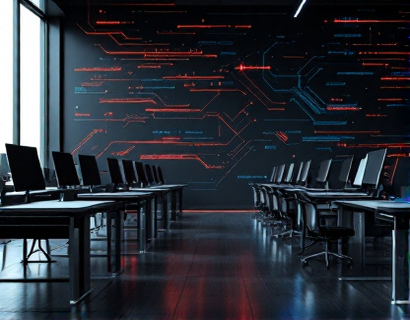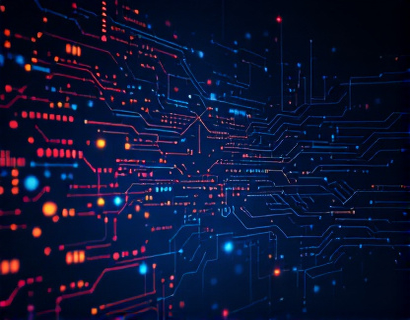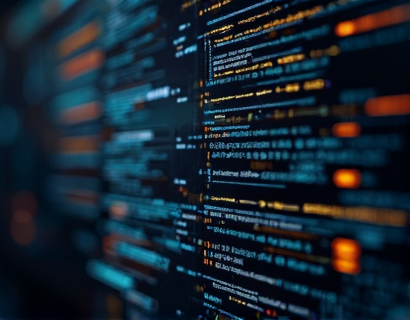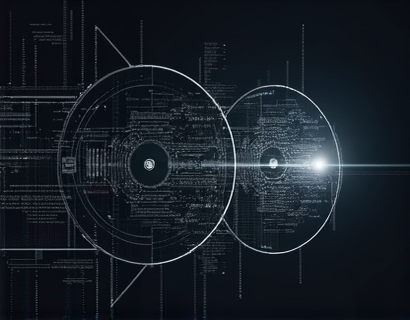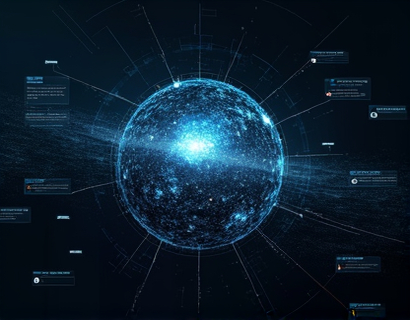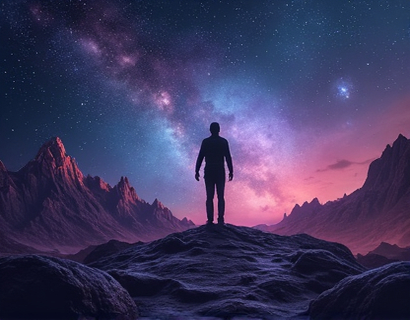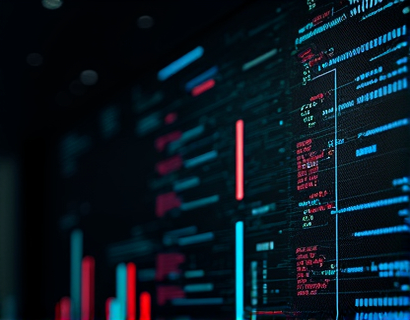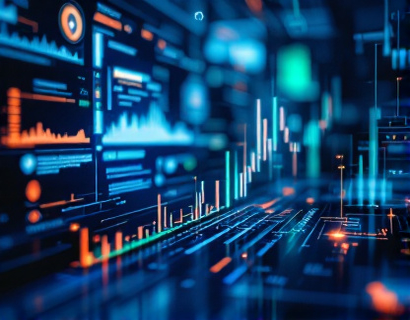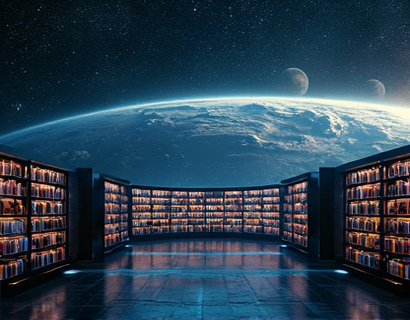AI-Powered Graphic Design: Revolutionizing Visual Creation for All
The landscape of graphic design is undergoing a transformative shift with the advent of AI-powered tools. These innovative platforms are redefining how individuals and businesses create visual content, making it simpler, faster, and more accessible than ever before. This article delves into the revolution brought about by AI in graphic design, exploring how these tools are democratizing the creative process and empowering a wide range of users.
The Rise of AI in Graphic Design
AI technology has rapidly advanced in recent years, and its applications in graphic design are no exception. Traditional graphic design required extensive skills, software proficiency, and time to produce high-quality visuals. However, with AI-powered tools, the barriers to entry have significantly lowered. These tools leverage machine learning algorithms to understand design principles, style transfer, and content generation, enabling users to create professional-grade graphics with minimal effort.
How AI-Powered Tools Work
At the core of these AI-powered graphic design tools is a combination of natural language processing (NLP) and computer vision. Users can input text descriptions, select styles, and even upload reference images, and the AI will generate designs that align with their vision. The algorithms analyze vast datasets of design elements, patterns, and styles to produce unique and coherent visual content. This process not only saves time but also allows users to explore a multitude of design options quickly.
Benefits for Designers and Non-Designers Alike
One of the most significant advantages of AI-powered graphic design tools is their accessibility. Designers can use these tools to enhance their workflow, exploring new ideas and styles without the tedious manual work. For non-designers, these tools break down the complexity of graphic design, allowing them to create visually appealing content without needing extensive training or expertise. This democratization of design empowers a broader audience to express their ideas visually.
Enhanced Creativity and Efficiency
AI tools offer a range of features that boost creativity and efficiency. For instance, they can suggest color palettes, typography combinations, and layout options based on the user's preferences and the context of the project. This guidance helps users make informed decisions and experiment with different design elements, leading to more innovative and effective visuals. The speed at which these tools operate also means that projects can be completed much faster, allowing for more iterations and refinements.
Cost-Effectiveness for Small Businesses and Freelancers
Small businesses and freelancers often face budget constraints when it comes to hiring professional designers. AI-powered graphic design tools offer a cost-effective solution, providing high-quality visuals at a fraction of the cost. These tools eliminate the need for expensive design software and services, making it possible for businesses of all sizes to produce professional-looking materials. Whether it's social media posts, brochures, or website banners, these tools ensure that visual content is consistent and impactful.
Applications Across Various Industries
The versatility of AI-powered graphic design tools makes them applicable across a wide range of industries. Here are some key areas where these tools are making a significant impact:
- Marketing and Advertising: Create eye-catching ads, social media graphics, and promotional materials that resonate with target audiences.
- Content Creation: Generate engaging blog posts, infographics, and presentation slides that enhance the overall content strategy.
- E-commerce: Design professional product images, shop headers, and email campaigns to boost online sales and customer engagement.
- Education: Produce educational materials, infographics, and visual aids that make learning more interactive and effective.
- Non-Profit Organizations: Create compelling fundraising materials, event posters, and awareness campaigns to support their causes.
User-Friendly Interfaces
One of the key factors contributing to the widespread adoption of AI-powered graphic design tools is their user-friendly interfaces. These platforms are designed to be intuitive, with drag-and-drop functionality and step-by-step guides. Users can easily navigate through the tools, customize designs, and export high-quality files without needing to learn complex software. This accessibility ensures that anyone, regardless of their technical background, can create stunning visuals.
Collaboration and Sharing Features
Modern AI-powered graphic design tools often come with robust collaboration and sharing features. Teams can work together in real-time, providing feedback and making changes on the fly. This collaborative approach streamlines the design process and ensures that all team members are aligned. Additionally, the ability to share designs directly from the platform to various platforms like social media, websites, and presentation tools saves time and enhances productivity.
Continuous Learning and Improvement
AI algorithms continuously learn and improve based on user interactions and feedback. This means that the more users engage with the tool, the better it becomes at understanding their preferences and generating relevant designs. Over time, the tools become more intuitive and personalized, further enhancing the user experience. This constant evolution ensures that the tools remain at the forefront of design technology.
Challenges and Considerations
While AI-powered graphic design tools offer numerous benefits, there are also challenges and considerations to keep in mind. One potential issue is the risk of over-reliance on AI, which might stifle the development of traditional design skills. However, these tools are best seen as augmentations to, rather than replacements for, human creativity. Designers can use AI to spark ideas and streamline processes, while still applying their artistic judgment and creativity.
Another consideration is the quality and originality of the generated designs. While AI can produce high-quality visuals, there is a risk of generating overly generic or cookie-cutter designs. To mitigate this, users should put in the effort to customize and refine the AI-generated content, ensuring that it aligns with their unique vision and brand identity.
Ethical and Legal Aspects
Ethical and legal considerations are also important when using AI-powered graphic design tools. Issues such as copyright, intellectual property, and the use of AI-generated content in commercial projects need to be addressed. Users should ensure they have the necessary permissions to use any reference images or content and understand the terms of service of the tools they are using. Transparency and ethical practices will be crucial as the use of AI in design continues to grow.
Future Prospects
The future of AI-powered graphic design looks promising, with ongoing advancements expected to further enhance these tools. Integration with other creative technologies, such as augmented reality (AR) and virtual reality (VR), could open new avenues for immersive and interactive design. Additionally, improvements in AI algorithms will likely result in even more sophisticated and personalized design experiences.
As more professionals and enthusiasts adopt these tools, the demand for high-quality, AI-generated content will drive innovation and expansion in the field. The graphic design industry is poised to enter a new era where creativity and technology converge, making visual content creation more accessible and efficient than ever before.
Conclusion
AI-powered graphic design tools are revolutionizing the way we create visual content. By demystifying the design process and making it accessible to everyone, these tools are empowering a new generation of creators. Whether you are a seasoned designer or a content creator with no design background, these tools offer a powerful way to bring your ideas to life. As the technology continues to evolve, the potential for innovative and impactful visual content is limitless.



